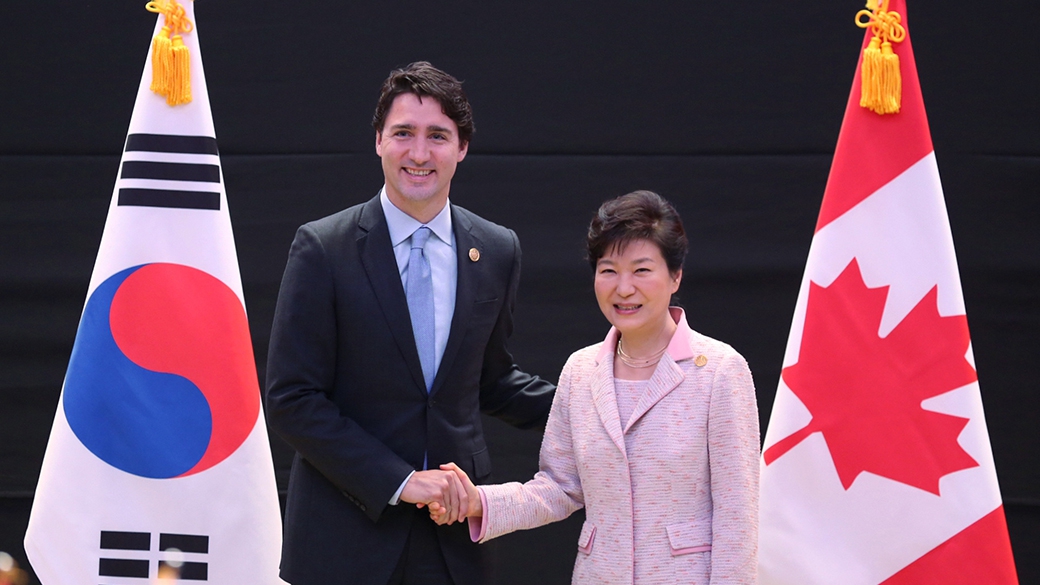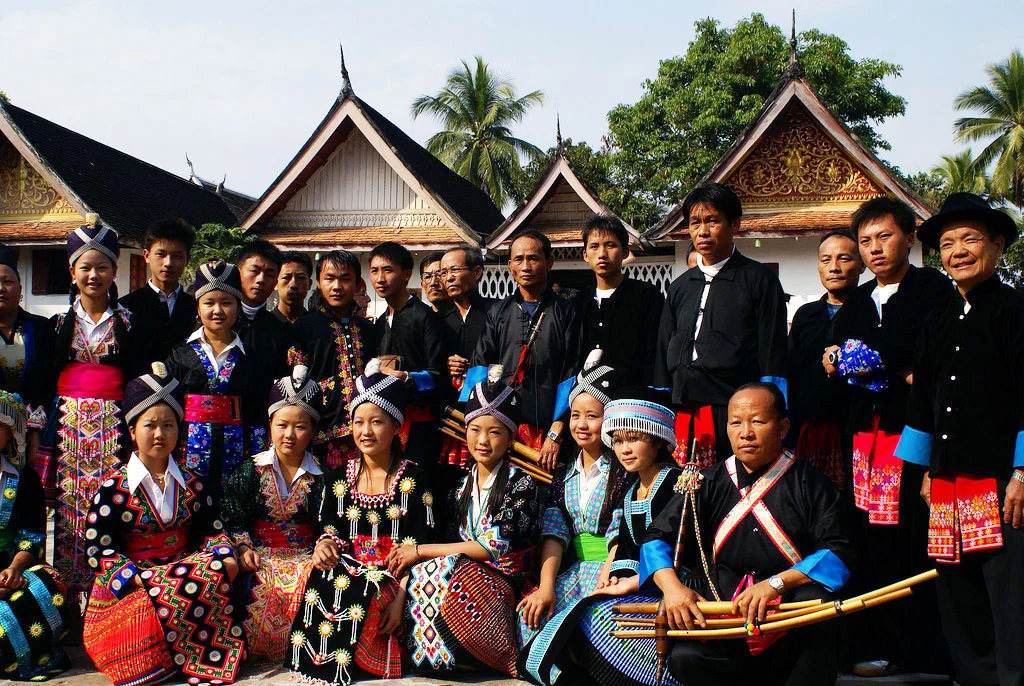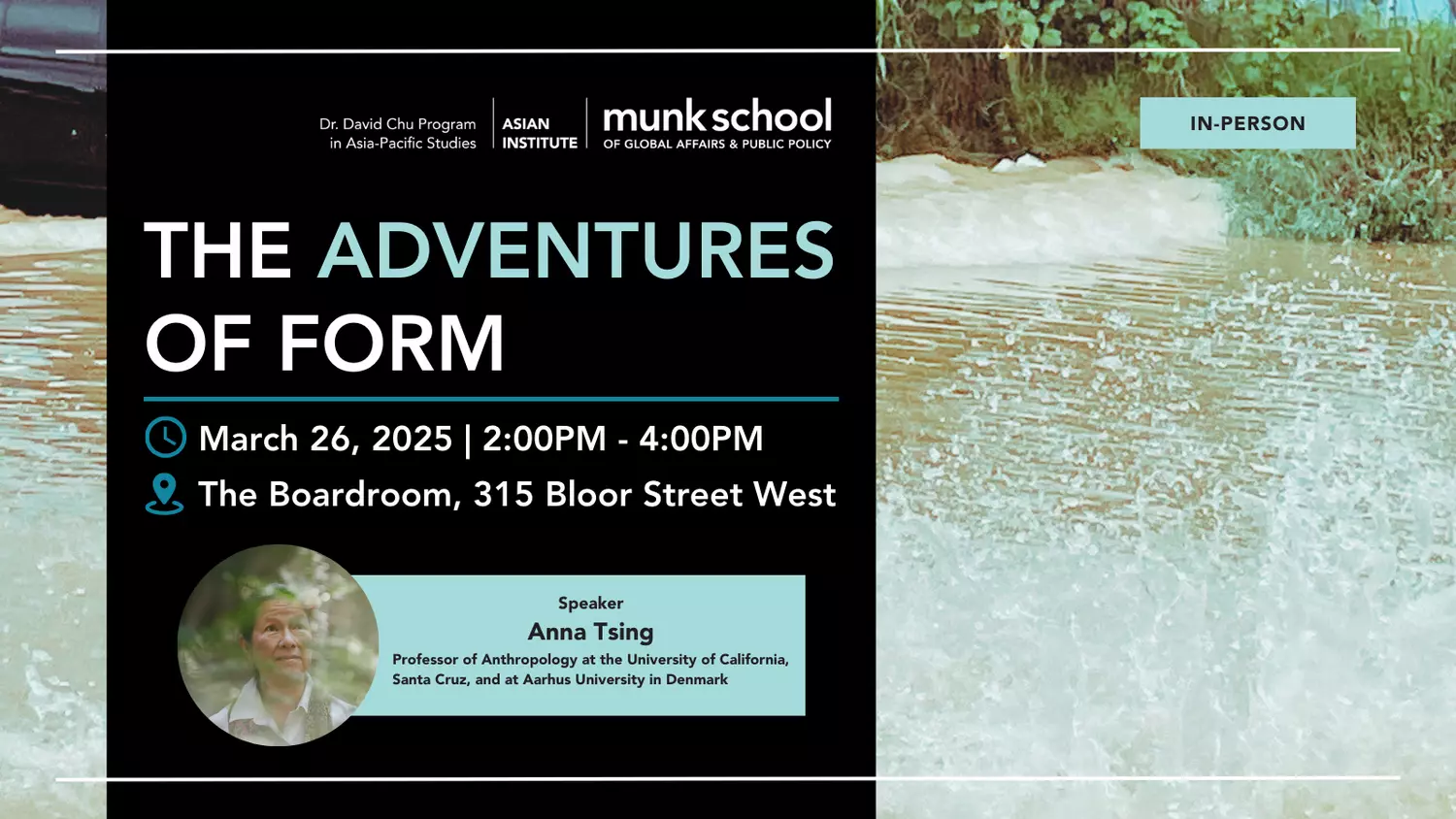Last week, Canadian Prime Minister Justin Trudeau made his international debut at the annual meeting of the Asia Pacific Economic Co-operation (APEC) Forum in Manila. Although the headlines often focused on Trudeau’s charming looks, this forum of 21 Pacific Rim member economies provided the perfect opportunity for the new prime minister to signal to the world that Canada is indeed back in the game.
Beneath all the buzz, photos and fanfare that ensued Trudeau’s debut, there are some compelling reasons for Canada to pay more attention to the Asia-Pacific region, and to take advantage of the warm welcome that Trudeau received in his meetings with high-profile leaders from APEC.
The Liberal majority in the latest federal election came as a surprise to many observers, but it was in part a reflection of the widespread concern that Canada was losing its influence in the world under the Harper government. Canadians voted for change, for a Canada that can serve as a constructive, pragmatic and influential force in international affairs. With an ambitious agenda, Prime Minister Trudeau vowed to regain Canada’s influence and voice on the international stage. Doing so would require a careful assessment of our interests, goals and strategies – and most importantly, it would mean taking Asia seriously in devising Canada’s new foreign policy.
For starters, it must be remembered that Canada is a Pacific state and our relationship in the Asia-Pacific region is one that transcends trade deals. Our historic ties date back to the late 19th century when Canadian missionaries served as human bridges. Canada sent one of the largest troops to the Korean War, recognized the People’s Republic of China in 1970 (under Pierre E. Trudeau), and has a vibrant and active community of Asian diasporas. Today, about 60 percent of all new immigration to Canada comes from Asia. In turning east, Canada must be prepared to re-engage with Asia on diplomacy, security, and humanitarian and disaster relief efforts.
There have been positive developments in the recent past. For example, Canada’s Free Trade Agreement with Korea has come into force as of January 2015, our first FTA in the Asia-Pacific region. However, Canada’s engagement with East Asia under Harper tended to be halting and one-dimensional, as it was nearly exclusively focused on trade and investment ties. For Canada to regain its reputation as a constructive and “honest broker,” Prime Minister Trudeau must undertake a shift away from an episodic approach to the region and devise a comprehensive strategy, encompassing sound policy measures, careful resource allocation and measurable outcomes. The gravity of security challenges in the Asia-Pacific region is such that if left untackled, they run the risk of derailing its economic dynamism. Canada’s economic interests in Asia cannot be seen in isolation from strategic dimensions, especially while military expenditures continue to rise in Asia and geopolitical rivalries threaten regional stability and prosperity.
To be sure, a crucial component of the new Canadian government’s foreign policy will centre around economic issues, starting with the Trans-Pacific Partnership (TPP). The full text of more than 6,000 pages of TPP was only released on Nov 5 and the Liberal government has made it clear that while they are “pro-trade,” it will be up to Parliament to fully debate the deal. TPP is arguably the largest free trade deal in the world, with new opportunities and challenges. Covering 40 percent of the global economy ($28 trillion), the 12 countries of TPP are expected to grow even larger and account for 50 percent of global GDP by 2050. To put this into perspective, 21 countries that make up APEC represent about 2.8 billion people, and the Asia-Pacific region remains as the world’s fastest engine of economic growth, the highest concentration of military capacity, and the locus of increasing political power, with China at its epicentre. In debating the costs and benefits of TPP, the invisible side of the debate – namely the strategic value of a greater integration with the Asia-Pacific region — should not be forgotten.
On the diplomatic front, Prime Minister Trudeau started off his tenure on the right foot during the recent G20 summit in Turkey and APEC forum in the Philippines, where he met with the leaders of China, Japan and South Korea. China’s Xi Jinping and South Korea’s Park Geun-Hye, in particular, have publicly heaped praise on the new Prime Minister and expressed hope for a greater cooperation. President Park, after highlighting Pierre E. Trudeau’s role in shaping Canada’s modern trajectory was integral to raising Canada’s stature in the world, stressed to the new Prime Minister: “…likewise I do trust that you will serve the cause of peace and prosperity in the Asia Pacific as well.”
What should Canada’s new approach to Asia look like?
For starters, Canada must re-gain its diplomatic credibility in the Asia-Pacific region and be ready to promote peace and stability. With our rich tradition in advancing global humanitarianism, Canada has a unique advantage when it comes to conflict mediation and negotiation. The voice of a neutral third-party would be welcomed in a region where territorial disputes abound and nationalist forces undermine dialogue. In addition to the North-South division on the Korean peninsula, tensions remain high in the South China Sea, where China has been locked in territorial disputes with several Southeast Asian countries. Canada’s traditional partners in the region, most recently South Korea, have been calling for Canada to make a greater contribution to regional peace.
On defence and security, there are many creative ways in which Canada can engage, ranging anywhere from cyber security to joint training for United Nations peacekeeping operations to emerging norms such as the Responsibility to Protect (R2P). Countries like South Korea and Japan have recently emerged as new champions of R2P by appointing National R2P Focal Points. The on-going humanitarian crisis in North Korea is a cause for concern, and the report from the UN Commission of Inquiry has spelled out precisely how Kim Jong-un’s regime is committing crimes against humanity. Having fought in the Korean War and as a champion of the concept of human security, Canada has a vested strategic interest in going beyond the observer to the situation in North Korea but actively engaging diplomatically to promote a peaceful resolution.
Humanitarian assistance and disaster relief is another channel through which Canada can make a meaningful difference in the Asia-Pacific region. This is particularly relevant from the perspective of global climate change, which will likely increase the frequency of natural disasters. Through a number of regional forums, South Korea has been actively working on establishing a framework for disaster management and emergency response in the Asia-Pacific region. There is room for closer cooperation between Canada and Korea, notably on risk management, emergency preparedness, contingency planning and infrastructure development.
Canada must also be strategic in strengthening its comparative advantage and investing more in innovative sectors, as the new agreements such as the TPP and the CKFTA will surely open the door for more competition. As a state that has so heavily relied on primary industries and on trade with the United States for much of its existence, Canada needs to shift its gears in order to increase its competitiveness. This will require, for instance, making better use of foreign-educated talents in our key industries, working on regulatory issues, easing barriers to entry and investing in technological innovation. Institutions such as MaRS Discovery District in Toronto, which foster a “start-up” culture and nurture young entrepreneurs, provide useful starting points for switching on our innovative gears, and more investments must be made in our higher education sectors.
Developments in Asia inevitably affect us, and we risk losing our influence by standing on the sidelines or failing to form a coherent long-term strategy that reflects our values and interests. “We’re back,” Trudeau boldly claimed the day after his election victory. This pledge must now be accompanied by a significant shift in approach to what is arguably the most influential region in the world.
This article was first published in OpenCanada digital publication on November 25, 2015. The content of this article does not represent the positions or opinions of the Synergy Editorial Committee. Please address all scholarly concerns directly to the contributor(s) of the article.
Tina J. Park is a Co-Founder and Executive Director of the Canadian Centre for Responsibility to Protect. Benoit Hardy-Chartrand is a research associate for the Global Security & Politics Program at the Centre for International Governance Innovation. They are contributors to Mutual Security in the Asia-Pacific: Roles for Australia, Canada and South Korea, published by CIGI on Nov. 30, 2015.








